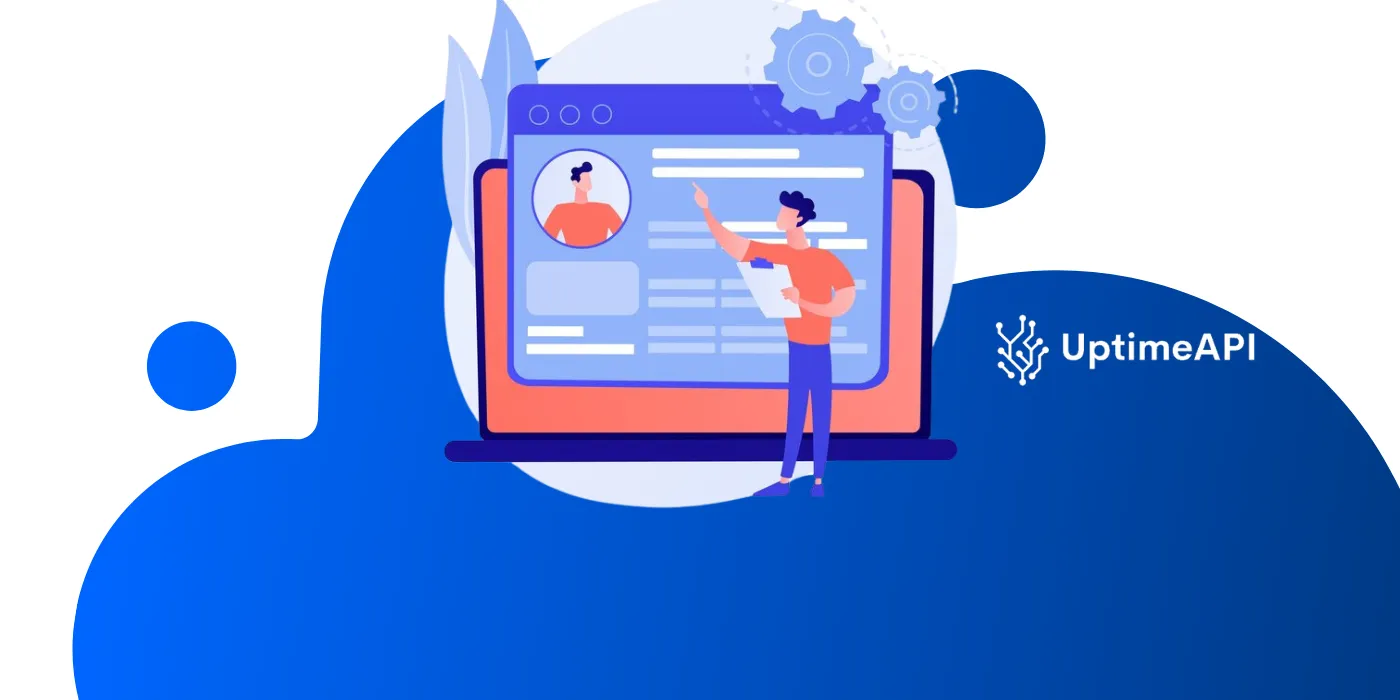API Monitoring Tools: How Does It Work

In the dynamic realm of software development, where applications rely heavily on interconnected services and data exchange, the reliability and performance of APIs (Application Programming Interfaces) are paramount. API monitoring tools serve as indispensable assets in ensuring the seamless operation of these APIs, providing developers and businesses with insights into their performance, availability, and functionality. In this article, we will delve into the workings of API monitoring tools, with a focus on Uptime API – a solution that enables users to monitor their APIs in seconds.
Understanding API Monitoring Tools
API monitoring tools are software applications designed to track and analyze the performance of APIs. These tools continuously monitor various aspects of API behavior, such as response times, error rates, and uptime, to ensure that APIs meet performance expectations and deliver optimal user experiences.
How API Monitoring Works
API monitoring tools operate by periodically sending requests to the target APIs and analyzing the responses to assess their health and performance. The following steps outline the typical workflow of API monitoring:
Step 1: Configuration
The monitoring tool is configured with details of the APIs to be monitored, including their endpoints, request parameters, and expected response formats. This configuration allows the tool to simulate real-world API interactions during monitoring.
Step 2: Monitoring
At regular intervals, the monitoring tool initiates requests to the configured APIs, simulating user interactions or system integrations. These requests may include various types of API calls, such as GET, POST, PUT, or DELETE, depending on the functionalities offered by the APIs.
Step 3: Response Analysis
Upon receiving responses from the APIs, the monitoring tool analyzes various aspects of the responses, including response times, status codes, payload content, and error messages. This analysis helps identify performance issues, such as slow response times, errors, or unexpected behavior.
Step 4: Alerting
If the monitoring tool detects any anomalies or deviations from expected behavior, it triggers alerts to notify stakeholders, such as developers or system administrators. Alerts may be delivered via email, SMS, or integrated with collaboration platforms like Slack, ensuring timely awareness of API issues.
Step 5: Reporting and Analysis
API monitoring tools generate reports and metrics based on the collected data, providing insights into API performance trends, uptime, and reliability. These reports help stakeholders understand the overall health of their APIs and make informed decisions regarding optimizations or improvements.
Introducing Uptime API
Uptime API is a leading API monitoring tool that simplifies the process of monitoring APIs with its user-friendly interface and robust features. Let's explore how Uptime API works:
Configuration with Uptime API
Users can quickly configure Uptime API by providing details of the APIs to be monitored, including their endpoints and desired monitoring frequency. The intuitive dashboard allows users to set up monitoring for multiple APIs effortlessly.
Real-time Monitoring
Uptime API initiates real-time monitoring of configured APIs, sending requests at regular intervals to assess their performance. Users can customize monitoring intervals based on their requirements, ensuring timely detection of any issues.
Response Analysis and Alerting
Upon receiving responses from the monitored APIs, Uptime API analyzes various metrics, such as response times and status codes, to evaluate their health. If anomalies or performance issues are detected, Uptime API triggers alerts to notify users, enabling prompt action.
Historical Data and Reporting
Uptime API stores historical data on API performance, allowing users to track performance trends over time. The tool generates comprehensive reports and metrics, providing users with valuable insights into API uptime, response times, and error rates.

Conclusion
API monitoring tools play a crucial role in ensuring the reliability and performance of APIs in today's digital landscape. By continuously monitoring APIs and providing insights into their health and performance, these tools empower developers and businesses to deliver seamless user experiences. With its intuitive interface and robust features, Uptime API stands out as a valuable solution for monitoring APIs effectively. By leveraging Uptime API, organizations can proactively identify and address API issues, ensuring optimal performance and reliability.